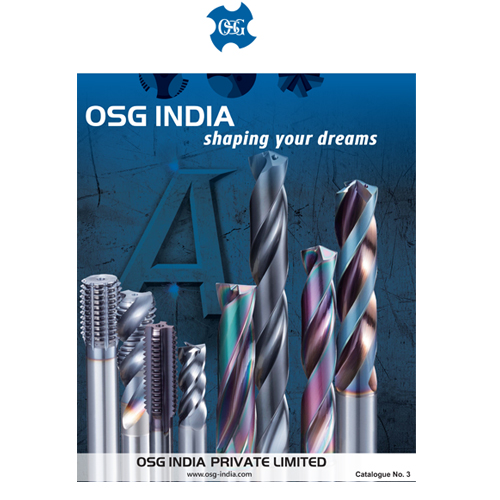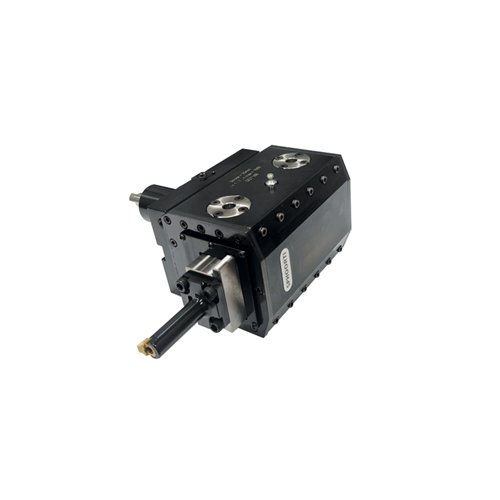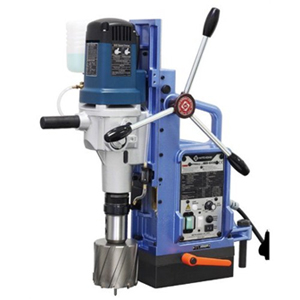Schedule a Call Back
Charting a ‘self-reliant path’ for India’s stainless steel industry
 Articles
Articles- Sep 27,25

- Recognises stainless steel as a strategic sector for sustainable development.
- Secures critical raw materials like nickel, molybdenum, and ferrochrome through integration and partnerships.
- Creates industrial clusters to strengthen MSMEs, quality standards, and competitiveness.
- Incentivises R&D and the development of advanced stainless steel grades.
- Builds a robust ecosystem for scrap recycling and green manufacturing.
- Positions India as a global hub for high-value stainless steel products.
- Secure supply chains for critical inputs
- Advance R&D in specialty grades and alloys
- Scale up circular economy practices
- Embed green and energy-efficient technologies
- Establish globally competitive clusters
Related Stories

Musashi India Expands Bengaluru Plant to Boost Transmission Output
Musashi India has completed Phase 2 of its Bengaluru plant expansion to scale production.
Read more
Electronics Sector Targets USD 500 Bn Output by 2030
India’s electronics industry expects strong growth driven by FTAs and incentives.
Read more
India’s Solar Module Capacity to Cross 125 GW, Raising Surplus Fears
Industry faces overcapacity risks as production triples domestic demand
Read moreRelated Products

Precision Cutting Tools1
S S Trading Corporation offers a wide range of precision
cutting tools.

Slotting Head Unit for All Cnc Turn Mill Centers
Sphoorti Machine Tools Pvt Ltd offers a wide range of
slotting head unit for all CNC turn mill centers.

Slotted Tool Disc and Tool Holders
Prominent Machine Tools offers a wide range of slotted tool disc and tool holders.















